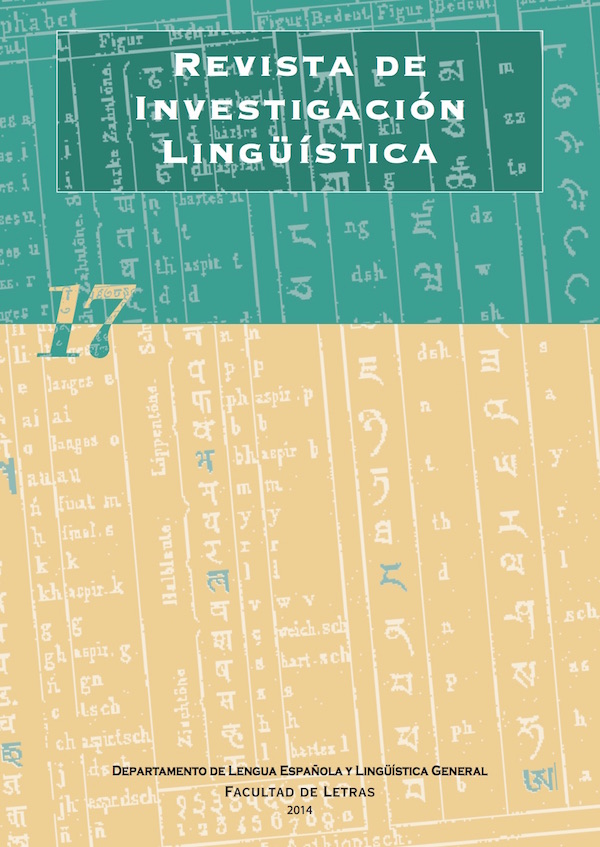A new reflection on reformulative markers with que
Abstract
This work recaptures the topic of the reformulative markers: o sea, es decir, esto es, a saber from a new perspective. The objective is to explain the reasons why o sea y es decir can be built with the conjunction que integrated in the structure of the particle. My hypothesis is based on the idea that the conjunction que, when co-occurs with reformulative markers, can be related with other manifestations of this conjunction in independent sentences: Oye, que no quiero más, and integrated in the structure of some consecutive markers: ¿Así que estabas ahí? In the examples with que, it is possible to observe the existence of some previous knowledge and inferences that are introduced by means of the presence of the conjunction. These sources of information can be found in the examples of reformulative markers with que, and will allow us to explain the interesting connections between consecutive and illative markers.Downloads
-
Abstract250
-
PDF (Español (España))376
The works published in this magazine are subject to the following terms:
1. The Publications Service of the University of Murcia (the publisher) preserves the economic rights (copyright) of the published works, and favors and allows the reuse of same under the license of use indicated in point 2.
2. The papers are published in the electronic edition of the magazine under a Creative Commons Attribution-NonCommercial-NoDerivative 3.0 Spain license (legal text). Papers may be copied, used, disseminated, transmitted and publicly exhibited if the following requirements are met: i) The authorship and the original source of its publication (magazine, editorial and URL of the work) must be cited; ii) The works cannot be used for commercial purposes; iii) The existence and specifications of this user license must be explicitly mentioned.
3. Self-archiving conditions. Authors can electronically disseminate pre-print versions (version before being evaluated) and / or post-print versions (version evaluated and accepted for publication). This makes possible its circulation and diffusion earlier and with it a possible increase in its citation and reach among the academic community. RoMEO color: green.









